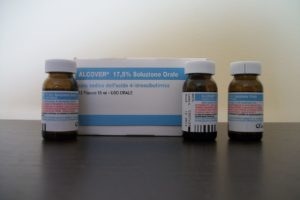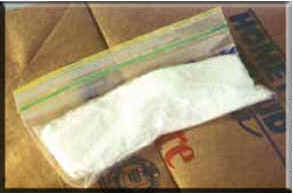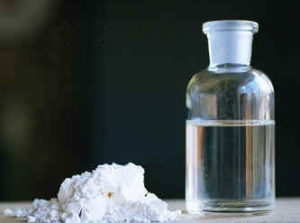GHB is a depressant which can be found naturally in the human body. It is used in recreational settings for its disinhibiting, libido-enhancing, pro-social, and sedative effects. The drug has also been used medically in people with narcolepsy and it was once widely used by bodybuilders for its positive effects on growth hormone levels.
Dose greatly affects the substance’s effects, with experiences ranging from moderate relaxation and greater sociability to overwhelming sedation and unconsciousness.
When common amounts are used, the drug isn’t particularly dangerous for healthy people acutely. Issues can arise with combinations (particularly with other depressants), high doses, and heavy frequent use.
GHB = G; Xyrem; Sodium Oxybate; gamma-Hydroxybutyric acid; γ-Hydroxybutyric acid
Dose
Oral
Light: 0.5 – 1.5 grams
Common: 1 – 2.5 grams
Strong: 2.5+ grams
Timeline
Oral
Total: 1.5 – 2.5 hours (strong+ doses can last longer)
Onset: 00:10 – 00:20
Experience Reports
References
(2012) The clinical toxicology of γ-hydroxybutyrate, γ-butyrolactone and 1,4-butanediol.
(2012) Reconsidering GHB: orphan drug or new model antidepressant?
(2011) GHB and synthetic cathinones: clinical effects and potential consequences.
(2009) A multi-drug intoxication fatality involving Xyrem (GHB).
(2009) Identification of GHB and morphine in hair in a case of drug-facilitated sexual assault
(2009) Ketamine and GHB: New trends in club drug use?
(2008) GHB and its precursor GBL: an emerging trend case study
(2006) Trends in gamma-hydroxybutyrate (GHB) and related drug intoxication: 1999 to 2003.
(2004) From the street to the brain: neurobiology of the recreational drug γ-hydroxybutyric acid
(2004) Fatalities associated with the use of γ-hydroxybutyrate and its analogues in Australasia
(2002) GHB use among Australians: characteristics, use patterns and associated harm.
(2002) Trends in illicit drug emergencies: the emerging role of gamma-hydroxybutyrate.
(2001) Suspicious death related to gamma-hydroxybutyrate (GHB) toxicity
(2001) GHB: a new and novel drug of abuse.
(2000) A novel method for GHB detection in urine and its application in drug-facilitated sexual assaults.
(1998) Gamma-hydroxybutyric acid: an emerging recreational drug.
(1998) GHB-induced delirium: a case report and review of the literature of gamma hydroxybutyric acid.
(1997) Sites of action of gamma-hydroxybutyrate (GHB)–a neuroactive drug with abuse potential.





















